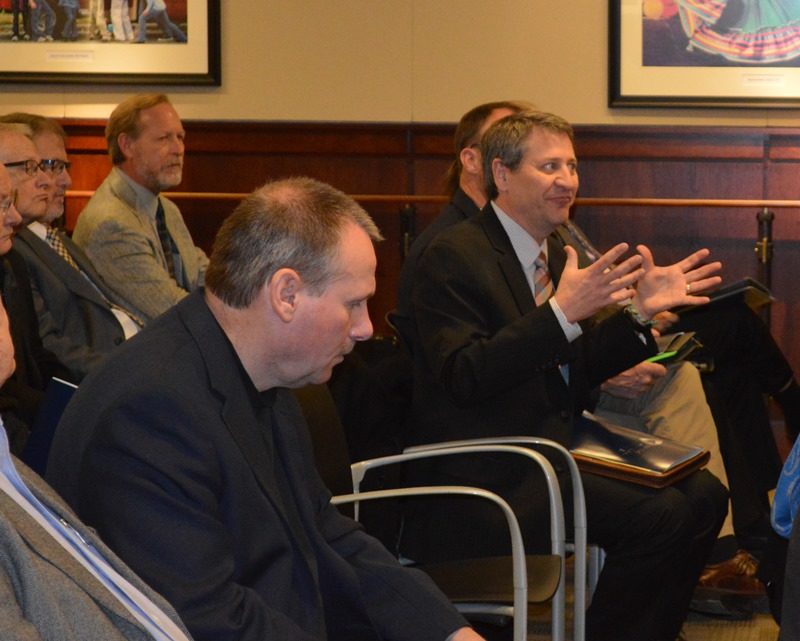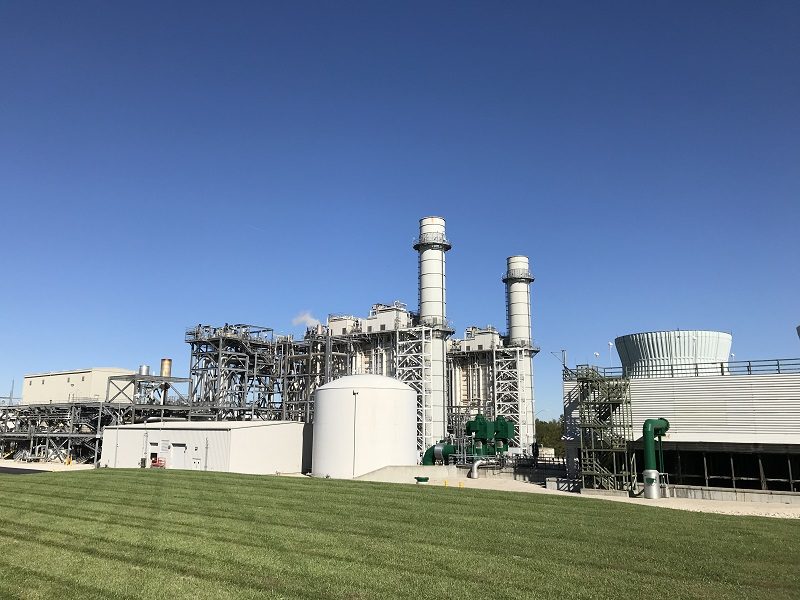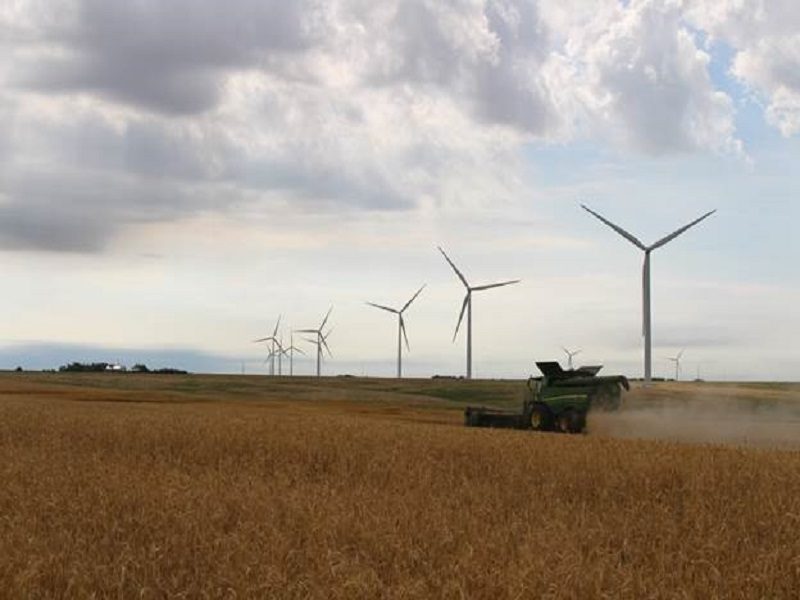Can America’s power grid withstand a brutal winter?

by Terry Jarrett
Maybe you have to live in the Northeast — or even Southeast United States — to get the full effect. But right now, much of the country is struggling through brutally cold weather. It’s not uncommon to see temperatures down in the teens across much of the South. And record sub-zero temperatures in the North have many recalling the “polar vortex” of 2014.
Home heating bills will surely be climbing this month as the mercury plunges. But there’s a more troubling problem emerging. As Bloomberg News is reporting, the nation’s electric grid has begun to show signs of “fatigue” as power plants churn in overdrive to meet heavy demand. Oil burning power plants in New England are running short on fuel. And some of these plants may reach end-use limits due to emissions restrictions.
New England faces the added challenge of lacking sufficient natural gas pipeline capacity to cover increased electricity usage during the latest cold snap. In contrast, however, some areas of the country have been able to ramp up more successfully — thanks to robust coal capacity. PJM Markets reports that coal cranked out 47,000 megawatts of electricity this past weekend, compared to only 21,000 MW for natural gas. And nuclear power also exceeded gas-fired power generation, delivering roughly 35,000 MW. Notably, wind turbines offered only a paltry 3,000 MW.
Coal and nuclear plants have long anchored baseload power generation in the United States. And clearly, during the current chill they are proving their mettle — with all of America’s 99 nuclear power stations in operation right now to help keep the grid intact.
There’s an important lesson here — akin to the old adage “You don’t miss your water until your well runs dry.” The renewable energy crowd that haughtily lobbies for a wide-eyed transition to wind and solar believes the nation can simply close down coal plants and make a bold leap into “green energy.” But as the latest round of frigid weather demonstrates, it’s a very good thing to have sturdy, baseload power on hand when it’s suddenly needed.
All of this doubly matters because America has lost an unprecedented amount of baseload capacity in recent years. Since 2010, more than 60 gigawatts of coal capacity has disappeared — enough electricity to power 40 million homes. And by 2020, an estimated 80 gigawatts of coal capacity will have been shut down.
Thankfully, Energy Secretary Rick Perry has identified this pressing concern for the nation’s power sector. And in response, he has proposed that the Federal Energy Regulatory Commission give added weight to baseload coal and nuclear plants that maintain on-site fuel supplies — and thus can run independently and long-term to shoulder the weight of a heavily taxed power grid.
In a week, FERC is slated to make a decision on Perry’s proposal. But as the current, harsh winter demonstrates, Americans need to appreciate the importance of baseload power plants that are keeping them warm and safe right now. Coal and nuclear plants still produce 50 percent of the nation’s electricity, and they are indeed working overtime right now to keep the grid afloat. Thus, Secretary Perry is wise to take a real-world approach to future energy use.
Polling shows that 70 percent of voters favor a diverse mix of fuel sources to maintain grid reliability and affordable power. And so, coal and nuclear power must continue to serve as sturdy twin pillars of a reliable, national electric grid. And with the population of the United States continually growing, it makes sense to upgrade existing baseload plants over the long term — to ensure that the nation can continue to keep its lights on and its homes, schools, and hospitals warm.













